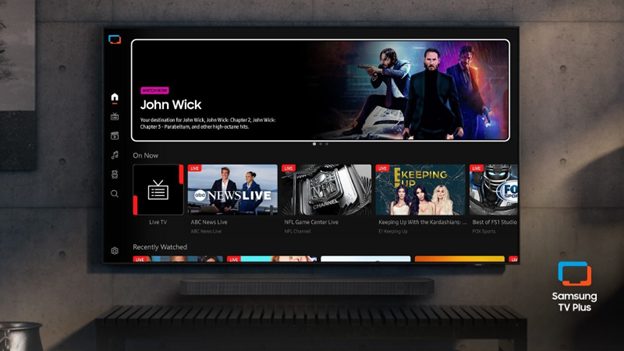Upgrading with No Margin for Error
Television tower upgrades require scrupulous planning
JOHNSTON, IOWA: Towers have been in the news recently, particularly since the fatal tower collapse in Nebraska last year and the more recent one in Huntsville, Ala. Since we are in the process of building two towers and modifying two more at Iowa Public Television, these incidents made us to re-evaluate some of our DTV conversion plans.
For example, in early October at our Red Oak facility, we completed the installation of a new Dielectric antenna to replace our existing RCA antenna, as well as the inner conductors on the transmission line. What we experienced in Red Oak affected how we handled the next installation.
In the Aug. 6, 2003 issue of TV Technology, I wrote about this project and how our initial structural analysis indicated the tower didn't meet specifications, and couldn't be modified to do so. This caused a great deal of concern. One of our prime criteria for antenna selection was that it have no impact on tower loading. We wanted to avoid doing any major modifications on the existing tower, much less replace it. As it turned out, the initial study had some input errors. Once they were corrected, the tower was found to be in compliance, and the work proceeded.
Meanwhile in Sioux City, we purchased the tower on which we had previously leased space, after the original owners moved their Ch. 14 antenna to a new community tower. In this case, our selection criteria was that our new top-mounted DTV antenna could not increase the tower load over the Ch. 14 antenna being removed.
There were no significant problems finding an antenna that met that criterion since the old Ch. 14 antenna was a high-gain model. Our DTV signal is on Ch. 28-half the gain. Yet our Red Oak experience made us rethink our original concepts. We decided that regardless of how little impact we anticipated our new DTV antenna would have on the tower, a complete engineering study would have to be done. It would mean additional costs, but compared to the total cost of a tower, the expected life of the facility and the safety factors involved, it was a small investment.
INDEPENDENT ANALYSIS
When we did the tower study at Red Oak, we stipulated in the Request for Proposal (RFP) that the company doing the study would be excluded from bidding on the physical tower work. The idea was that we wanted a completely independent company that had no vested interest in finding additional work for their tower division. Ultimately, we obtained an independent study before we proceeded.
Sioux City was more problematic. First of all, because we purchased the site, we didn't have the type of complete documentation for it that we had for the sites we built. We supplied what we did have to the structural engineering firm. The firm's engineers then asked for additional documentation, which we solicited from the tower manufacturer. The manufacturer refused on the premise that if it was incorrect and something went wrong, the company would be liable.
Consequently, IPTV will have to hire a structural engineer to climb the tower, take measurements and verify documentation. This adds to the cost of the study, but as I stated before, it's a small price compared to the alternatives. Also, when we undertake building new towers at our sites in Fort Dodge and Mason City, our RFP will include requirements that the winning vendor supply as-built documentation with mechanical drawings, types of steel used, and design mathematics. This will add complexity to the RFP process, but I want to ensure that my successors have all the history that I can possibly provide them to insure that IPTV continues to serve Iowa.
When I worked in Hawaii, my first transmitter site was on a ridgeline that required either a hike up a narrow trail or a helicopter ride. One of the helicopter pilots, Ron Thrash, once told me that there were old helicopter pilots and there were bold helicopter pilots, but there were no old, bold helicopter pilots.
The message was that if you wanted to survive, you exercised caution and attention to detail. Sometimes, even that is not enough.
Ron died in a crash a few years later. His business, like tower work, was dangerous under the absolute best conditions, and taking chances of any sort is dangerous and sometimes fatal. Nothing we do is worth the cost of a single life, and we need to remember that as we send people up our towers.
The professional video industry's #1 source for news, trends and product and tech information. Sign up below.
Bill Hayes is the former director of engineering and technology for Iowa PBS and has been at the forefront of broadcast TV technology for more than 40 years. He’s a former president of IEEE’s Broadcast Technology Society, is a Partnership Board Member of the International Broadcasting Convention (IBC) and has contributed extensively to SMPTE and ATSC. He is a recipient of Future's 2021 Tech Leadership Award and SMPTE Fellow.

